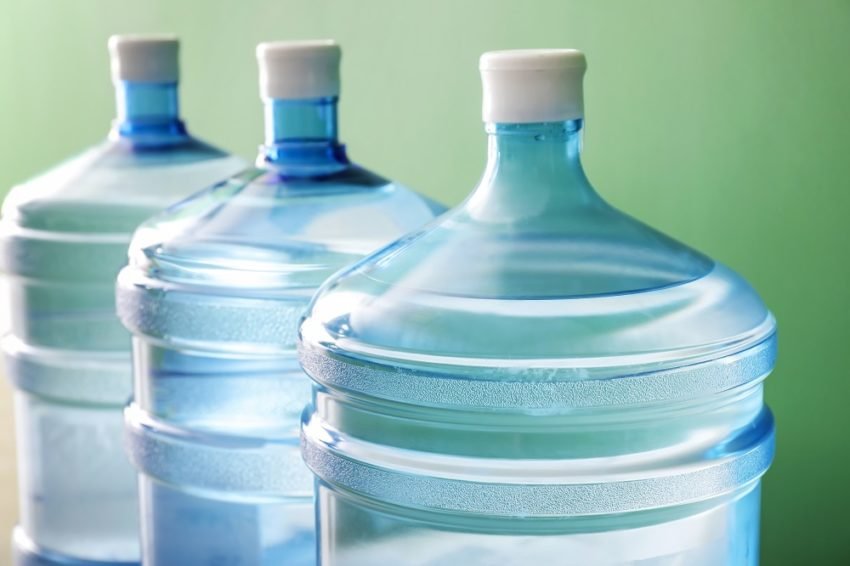Water is a vital part of our daily lives. You need it to clean yourself and get certain chores done around your home. You also need clean water to drink so you can keep yourself hydrated. Lastly, you need water for the greenery in your home, especially if you have a landscape that requires a complete irrigation system.
As such, a consistent supply of water is definitely something you need in your home. And while you may have a constant supply coming through the taps, it’s also important to store water. You’ll need it for when emergencies or water shortages occur. No matter where you live, there’s a chance that water interruptions can happen. These could be caused by issues with the water provider or even natural disasters. Thus, you may want to be prepared and have a stored supply of clean water, just in case.
Fortunately, there are numerous ways to store water at home. It’s important that you choose the right one that will fit your needs, as it will be more cost-effective.
If you want to know your options, here are five ways to store water at home.
1. In A Water Tank
The first storage method you may want to consider is a water tank. Water tanks are often the most popular containers to store water in. They’re able to collect large amounts of water and store it for later use. The stored water can then be used for a myriad of purposes, such as drinking and showering.
Water tanks are often metal or plastic cylindrical containers that have pipes connected to them. The water collected in them usually comes from rain, or it can come from your water provider through a pipe.
Moreover, these tanks are often huge and can store enough water to last for weeks. This will allow you to have a steady water supply even during water shortages and interruptions. In addition to this, you’ll also be helping the environment as you avoid wasting clean water and use rainwater as an additional source instead of relying entirely on tap water.
2. In A Barrel
You can also opt to store rainwater in a barrel or drum. Similar to a water tank, it’s shaped like a cylinder. However, it’s usually made of plastic, and it’s much smaller, thus having a smaller storage capacity. Nonetheless, it’s considered a common and cost-effective water storage solution. It’s especially perfect if you plan on transporting the water without much hassle.
One thing to consider when using barrels or drums is that, since they’re made of plastic, you should avoid keeping them under the sun if they contain water. Another is that even though the water stored in them can usually last for up to six months, it’s not recommended to store water in them for too long, as the plastic of the barrel can leak into the water over time.
3. In Brick-Shaped Jugs
Unlike water tanks and barrels, these jugs have a rectangular shape. Considering how much smaller they are than the first two storage methods mentioned, people often use multiple jugs to store water. These containers are often made of plastic, specifically polyethylene, and must be stored indoors.
Because of their convenient shape, they’re easily stacked on top of one another. As such, they’re a perfect option for people who need a water storage method that doesn’t take up too much space.

4. In Five-Gallon Jugs Or Bottles
Another container you might want to consider is a five-gallon jug or bottle. Often used for storing drinking water, using any of the two will allow you to avoid contributing to plastic waste, as these are recyclable and refillable, unlike their one-time-use counterparts. Moreover, the duration of these containers may vary depending on certain factors, but they can usually last for up to six months.
If you’re confused about the differences between the two containers, jugs often have their own spout, whereas five-gallon bottles often have to be used with water dispensers.
5. In Water Bottles
Finally, if you don’t have much space or if you simply need a container of purified drinking water for your emergency kit, then you might want to consider water bottles. These bottles are often properly sealed and safe to store water in. In addition, these are the quickest and most portable solution.
If you’re storing many bottles for emergency purposes, it’s advised that you store at least one gallon’s worth of water per person.
Conclusion
Given how essential water is to our survival and daily life, it’s important to have a backup source of it in case of shortages or interruptions. If you’d like to be completely prepared and if you have the space for it in your home, you could go for a water tank, as mentioned above. If you’d like smaller options, any of the four other storage methods mentioned in the article could be a better fit for your needs.

